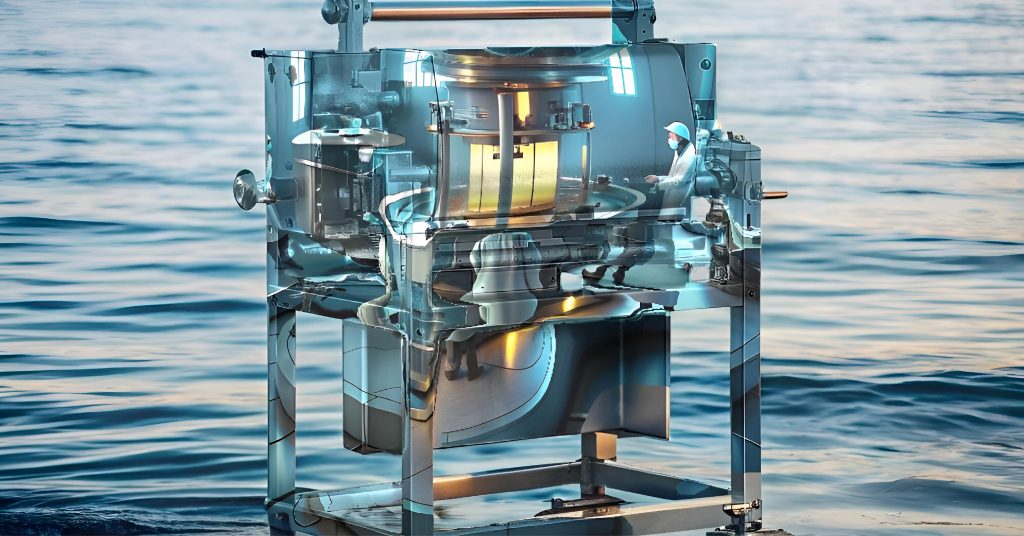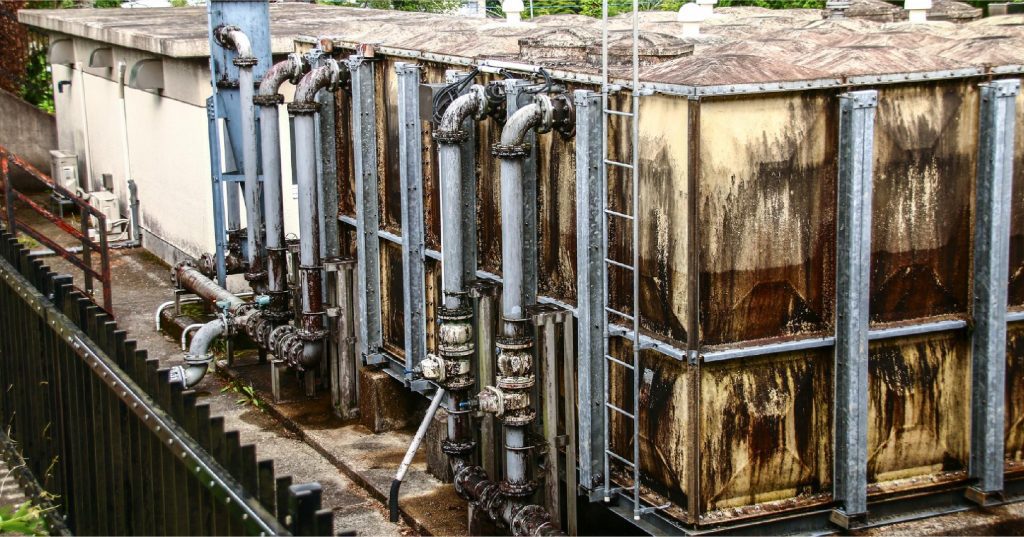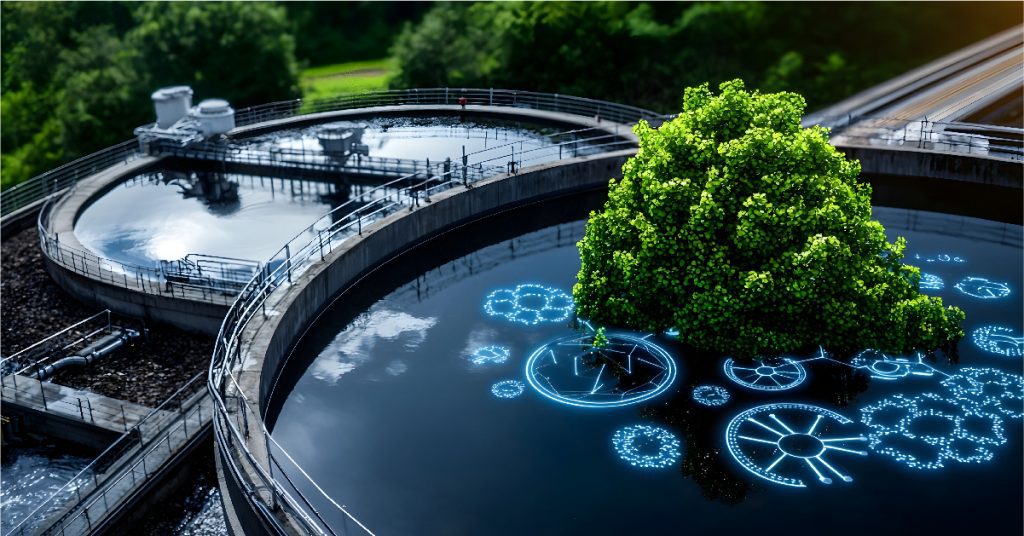As the global population continues to rise and climate change intensifies, many regions around the world are grappling with water scarcity. The United States is no exception, with states like California and Florida experiencing significant water shortages.
In response to this growing demand for potable water, desalination of seawater by reverse osmosis has emerged as a viable solution. Desalination, the process of removing salts and impurities from seawater, has become increasingly important for regions with limited access to fresh water. The desalination of seawater by reverse osmosis technology in particular is revolutionizing how we transform seawater into drinkable water.
What is Reverse Osmosis?
To better understand the process of turning seawater into fresh, drinkable water, we need to explain the desalination of seawater by reverse osmosis. Reverse osmosis (RO) is a water purification technology that uses a semi-permeable membrane to remove unwanted ions, molecules, and particles from water. It is widely used in both domestic and industrial settings. In the context of desalination of seawater by reverse osmosis, this technology plays a crucial role in filtering out salts and other impurities to produce potable water.
The result is pure, desalinated water on one side and a concentrated brine of salt and impurities on the other. Desalination of seawater by reverse osmosis is now the most widely used method for producing freshwater from saltwater, and its adoption is growing rapidly, especially in regions that face chronic water shortages.
How Reverse Osmosis Transforms Seawater into Drinking Water
To fully understand how desalination of seawater by reverse osmosis works, let’s break down the process step-by-step. First, seawater is drawn into the desalination plant, where it undergoes a pre-treatment process. Next, the seawater enters the reverse osmosis chamber. The purified water is collected on one side of the membrane, while the concentrated brine is expelled on the other. Finally, the desalinated water undergoes post-treatment, where minerals are added back to ensure that the water is safe for consumption and meets local health standards.
One important factor to explain the desalination of seawater by reverse osmosis is the importance of energy recovery. Modern systems incorporate devices that capture and reuse energy from the high-pressure brine, reducing overall operational costs. This is particularly important in large-scale desalination plants that process millions of gallons of seawater daily.
Benefits and Challenges of Desalination
The desalination of seawater by reverse osmosis offers several benefits. It provides a reliable and consistent source of fresh water, especially in drought-prone regions. Additionally, desalination reduces the strain on natural freshwater ecosystems and aquifers. It also helps diversify water sources, making communities more resilient to climate change and natural disasters.
However, desalination of seawater by reverse osmosis also presents challenges. Energy consumption is still relatively high, and the disposal of concentrated brine can have environmental impacts on marine ecosystems. Furthermore, desalination plants require significant upfront investment and ongoing maintenance.
Despite these challenges, continued advancements in technology and energy recovery are making desalination an increasingly viable solution for freshwater needs.
Role of Ion Exchange in Driving Innovations in Energy-Efficient RO Technologies
The desalination of seawater by reverse osmosis is continuously evolving, thanks to companies like Ion Exchange, which are at the forefront of innovation. By developing energy-efficient RO technologies, Ion Exchange is helping to reduce the environmental impact of desalination while making it more affordable and accessible. Their cutting-edge solutions are designed to optimize the desalination process, improve membrane longevity, and reduce energy consumption.
Their HYDRAMEM RO Membranes are Cross Linked Fully Aromatic Polyamide (Thin Film) Composite membranes designed to meet diverse water treatment needs. They are broadly categorized into four key types:
- Low-Pressure RO Membranes
- Brackish Water RO Membranes
- Fouling Resistant Membranes
- Sea Water RO Membranes
Each membrane type is engineered to handle specific water challenges. Together, these advanced membrane solutions provide optimal performance for various industrial and commercial applications.
Conclusion
The desalination of seawater by reverse osmosis has proven to be an invaluable solution in addressing the USA’s water scarcity issues. By transforming seawater into potable water, this technology offers a sustainable, long-term solution for coastal regions facing drought and freshwater shortages. As the demand for freshwater continues to rise, ongoing innovations in reverse osmosis, led by companies like Ion Exchange, will play a crucial role in making desalination more efficient, cost-effective, and environmentally friendly.





